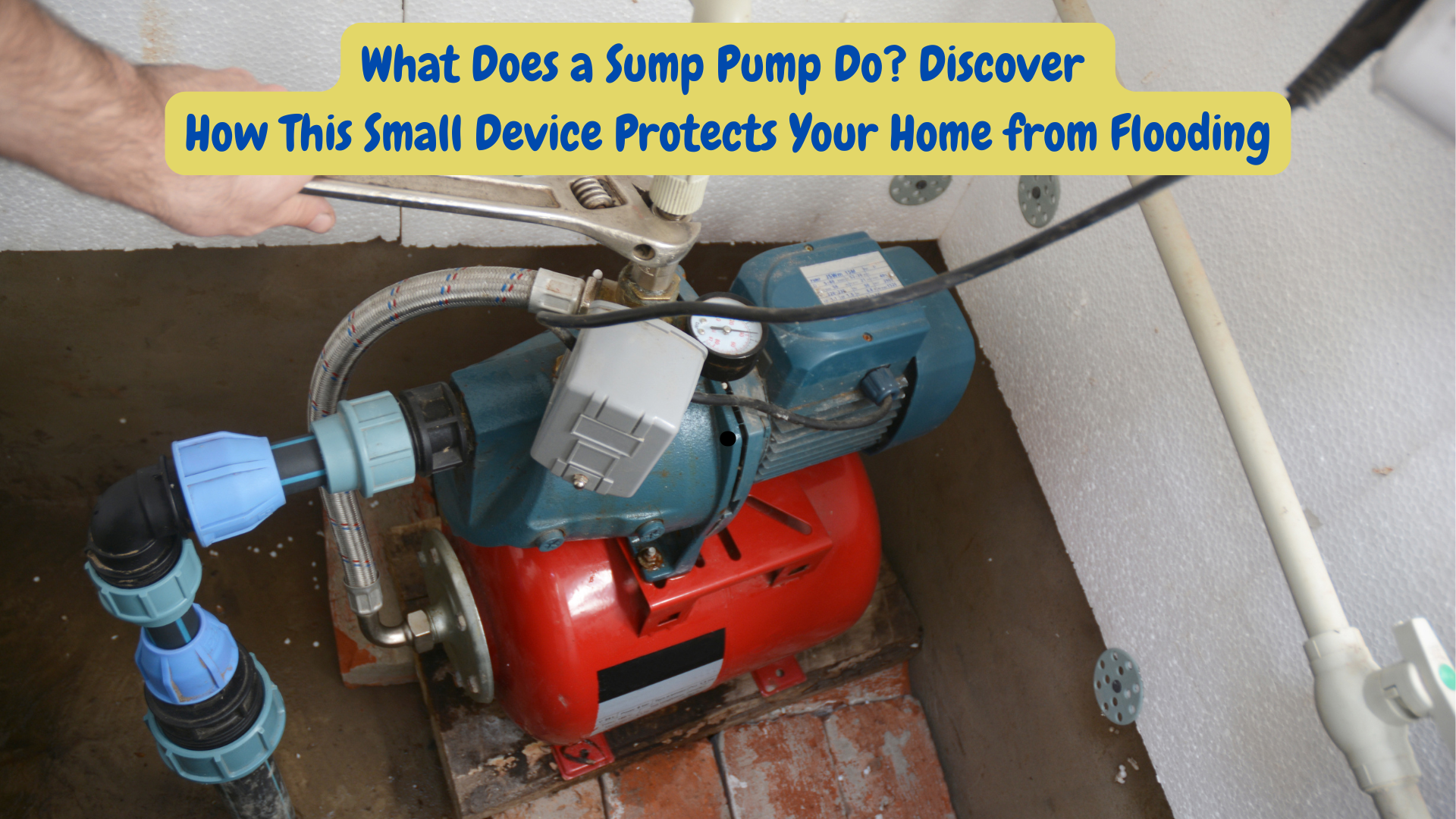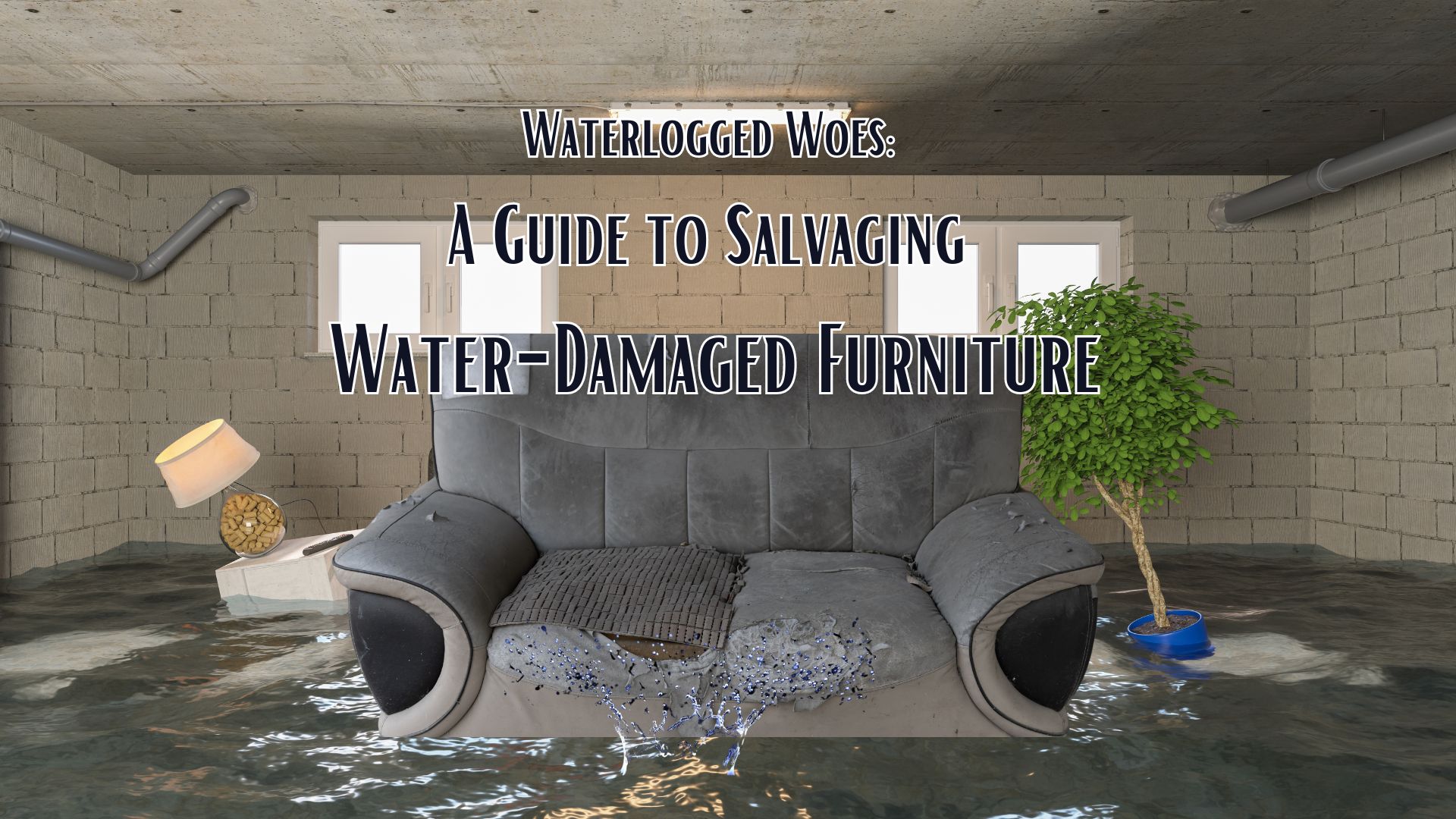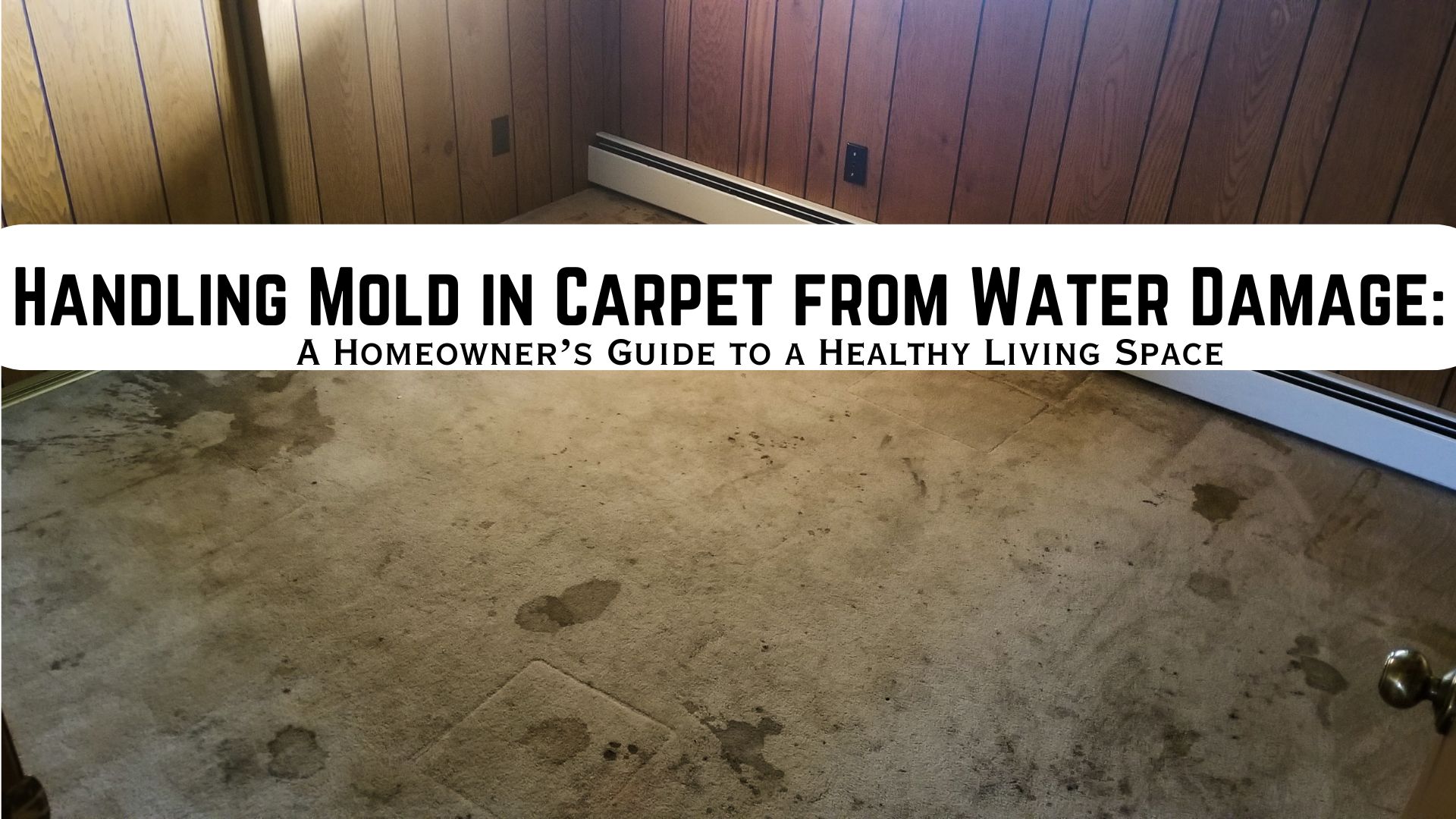
Water damage is a common and often devastating issue that homeowners face. Whether it’s caused by a burst pipe, a malfunctioning washing machine, or a natural disaster, water can wreak havoc on your property. When confronted with water damage, it’s crucial to act swiftly to prevent further damage and potential health hazards. This is when water mitigation becomes crucial. What is water mitigation? Read further and learn more!
What is Water Mitigation?
What is water mitigation? Water mitigation is the process of reducing or preventing the damage caused by water after a leak, burst pipe, or flood. The primary goal of water mitigation is to minimize the impact of water damage and prevent secondary issues such as mold growth. This involves a combination of techniques and strategies aimed at removing standing water, drying affected areas, and restoring the property to its pre-damage condition.
What is Water Mitigation?: The Water Mitigation Process
Assessment of the Scope & Extent of the Water Damage
The first step in water mitigation is to assess the extent of the water damage. Restoration professionals carefully examine the affected areas to determine the type of water damage and the best course of action. Understanding whether the water is clean, contaminated, or unsanitary is crucial for developing an effective mitigation plan.
Removal of Standing Water
One of the initial tasks in the water mitigation process is to remove standing water from the affected areas. This may involve using pumps, vacuums, or other water extraction equipment to eliminate water swiftly. The sooner standing water is removed, the lower the risk of additional damage.
Drying and Dehumidification
After the standing water is removed, the next step is to dry the affected areas thoroughly. Restoration professionals use specialized equipment such as dehumidifiers and high-powered fans to accelerate the drying process. This helps prevent mold growth and structural damage that can occur if moisture is left unchecked.
Cleaning and Disinfecting
Cleaning and disinfecting the affected areas are essential to eliminate any potential health hazards. This step involves removing debris, contaminants, and any remaining traces of water. Specialized cleaning agents are often used to ensure a thorough and safe cleaning process.
What is Water Mitigation?: Learn Types of Water Damage
Understanding the type of water damage is crucial for effective mitigation. There are three main categories:
- Clean Water Damage (Category 1): This type of water damage involves water from a clean source, such as a broken water supply line or faucet. While it may initially be clean, if left untreated, it can escalate to a higher category.
- Gray Water Damage (Category 2): Gray water is slightly contaminated water that may cause discomfort or illness if ingested. It can result from washing machine overflow, dishwasher discharge, or other similar sources.
- Black Water Damage (Category 3): Black water is highly contaminated and poses severe health risks. It includes water from sewage backups, flooding from rivers or streams, and other contaminated water sources.
Importance of Timely Water Mitigation
Preventing Further Damage
Timely water mitigation is crucial in preventing further damage to your home. Water has the potential to seep into walls, floors, and structural components, leading to long-term issues such as weakened foundations and mold growth. By acting promptly, you can mitigate these risks and preserve the structural integrity of your property.
Avoiding Mold Growth
Mold growth is a common consequence of water damage, particularly if the affected areas are not properly dried and treated. Mold can start growing and developing within 24 to 48 hours of water exposure. Water mitigation helps eliminate excess moisture, reducing the likelihood of mold growth and the associated health problems it can cause.
Hiring a Water Mitigation Company
When facing water damage, hiring a professional water mitigation company is highly recommended. These companies have the expertise and equipment to handle the mitigation process efficiently. Restoration professionals can quickly assess the situation, develop a comprehensive mitigation plan, and implement the necessary steps to restore your home.
The Role of Restoration Professionals
Restoration professionals play a crucial role in the water mitigation process. They have the knowledge and experience to identify the type of water damage, determine the extent of the damage, and implement the appropriate mitigation strategies. Additionally, they can provide valuable advice on preventive measures to avoid future water damage.
What is Water Mitigation?: Learn the Common Causes of Water Damage
Understanding the common causes of water damage can help homeowners take proactive measures to prevent such incidents. Some of the typical causes include:

Burst Pipes: A burst pipe can release a significant amount of water into your home, causing widespread damage. Regular inspection of plumbing systems and timely repairs can prevent pipe bursts.
Malfunctioning Appliances: Washing machines, dishwashers, and water heaters can malfunction, leading to leaks and water damage. Regular maintenance and prompt repairs are so important to prevent this kind of incident.
Natural Disasters: Flooding caused by heavy rain, storms, or hurricanes can result in extensive water damage. While natural disasters are uncontrollable, homeowners can take preventive measures such as proper landscaping and installing sump pumps.
Preventive Measures for Water Damage
Not only answering the question, ‘What is water mitigation?’ is essential but taking proactive steps to prevent water damage is essential for the long-term health of your home. Some preventive measures include:
- Regular Maintenance: Schedule regular inspections and maintenance for plumbing systems, appliances, and roofing to catch potential issues before they escalate.
- Boarding Up Windows: Boarding up windows can protect your home from damage during storms and hurricanes, preventing water from entering and causing damage.
- Installing Sump Pumps: Sump pumps are effective in preventing basement flooding by removing excess water and redirecting it away from the foundation.
Costs of Water Damage and Restoration Services
The costs associated with water damage can vary depending on factors such as the extent of the damage, the type of water damage, and the speed of mitigation efforts. While the costs of water damage restoration services may seem significant, they are a worthy investment in protecting the value of your home and ensuring the safety of its occupants.
Insurance Coverage for Water Damage
In many cases, homeowners’ insurance policies cover water damage caused by sudden and accidental events, such as burst pipes or storms. However, it’s crucial to review your insurance policy and understand the coverage limitations. Some policies may not cover certain types of water damage, such as flooding from natural disasters.
What is Water Mitigation? Hiring a Professional for Your Safety
The answer to this question “What is water mitigation?” and its importance is paramount for homeowners. Acting swiftly in the event of water damage can prevent further harm to your property and avoid costly repairs. Whether it’s a burst pipe, malfunctioning appliance, or natural disaster, water mitigation plays a crucial role in preserving the structural integrity of your home and ensuring the safety of its occupants.
By taking preventive measures and enlisting the services of a reputable water mitigation company like Superior Restoration, you can safeguard your home from the detrimental effects of water damage. Remember, the key to effective water mitigation is speed and thoroughness in addressing the issue.
Call Water Damage Temecula, today!



